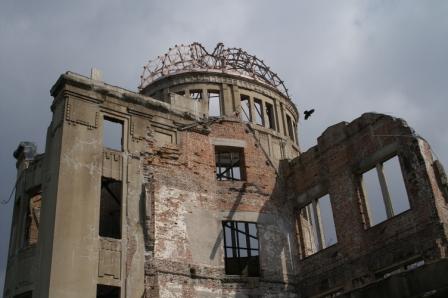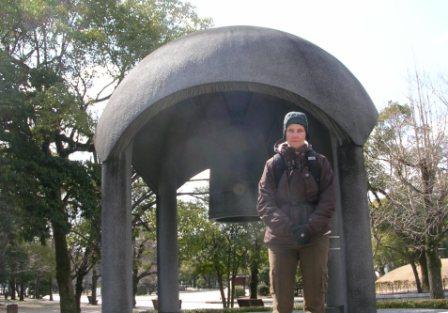Japan
Hiroshima, A Nuclear Survivor

The A-Bomb Dome
By executive order of President Harry S. Truman, the United States dropped the nuclear weapon nicknamed Little Boy on the city of Hiroshima on Monday, August 6, 1945. Three days later, on August 9, another device, Fat Man, detonated over Nagasaki. These remain the only instances of nuclear weapons being used in war. Regardless of historical perspectives, the devastation caused by these bombings remains an unimaginable human tragedy.
Traveling to Hiroshima from Kyoto via Japan’s exceptionally efficient railway system is seamless, with a brief stop in Osaka before arrival. Today, Hiroshima is a thriving metropolis, characterized by modern architecture, wide thoroughfares, and an attractive waterfront lined with rivers, all framed by surrounding mountains. From its outward appearance, there are few signs of the city’s catastrophic past—its rebuilt skyline stands as a testament to resilience.
The only visible reminder of Hiroshima’s tragic history is found in the Hiroshima Peace Memorial Park. Within the park stands the A-Bomb Dome—the sole remaining structure from the nuclear attack, its shattered bricks and twisted metal girders offering a stark contrast to the beautifully landscaped surroundings. The Motoyasu River winds through the memorial’s green fields, preserving the memory of the lives lost.

Hiroshima Peace Memorial Park
Watch a video of the Peace Bell
If you're fortunate, you may encounter Mr. Mito Kosei, a self-proclaimed Peace Navigator. A retired Japanese teacher and Hiroshima blast survivor, Kosei guides visitors through the memorial park, sharing his family's story. He proudly recounts how he was in his mother’s womb at the time of the explosion. She was located far enough from the epicenter to avoid instantaneous vaporization—a fate suffered by thousands that day. Though she later developed blood cancer, she lived into her nineties.
Kosei’s father, a schoolteacher, was much closer to the blast but survived due to being inside a basement during detonation. He too experienced radiation-related health issues but lived to old age. His uncle, however, was not as fortunate—while he survived the initial explosion, he soon succumbed to radiation sickness.
Kosei has personally guided over 8,000 tourists to lesser-known sites in the park, ensuring visitors fully understand the consequences of nuclear warfare. One haunting detail he shares: the Motoyasu River ran with bodies for a month following the blast, and funeral pyres burned continuously for days.
Kosei imparts three essential lessons: the absolute necessity to prevent the use of nuclear weapons, the extraordinary resilience of humanity, and the profound power of forgiveness.
A round-trip flight from San Francisco to Tokyo typically costs between $762 and $4,187.
A 21-day Japan Rail Pass ranges from $616.81 (57,700 YEN) to $850.92 (79,600 YEN).
A great resource for booking accommodations in Japan is
Japan Hotel Booking.
This concludes our journey through Japan.